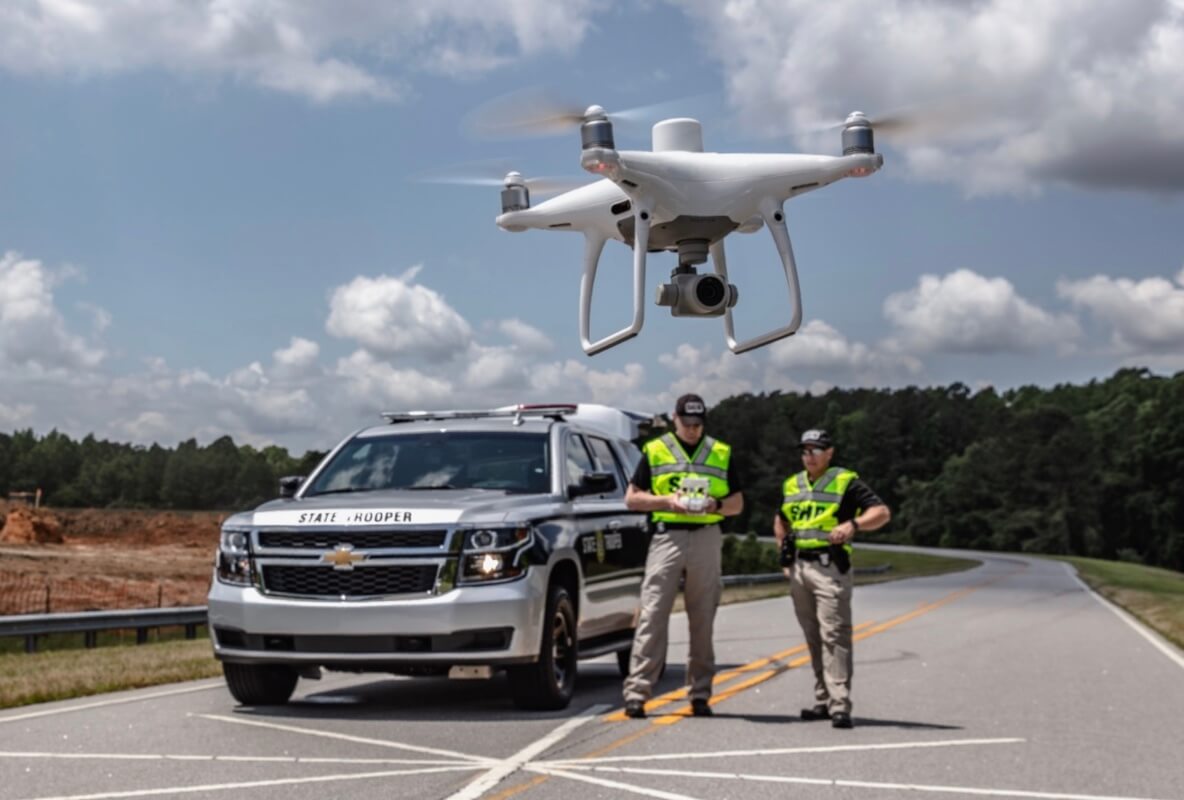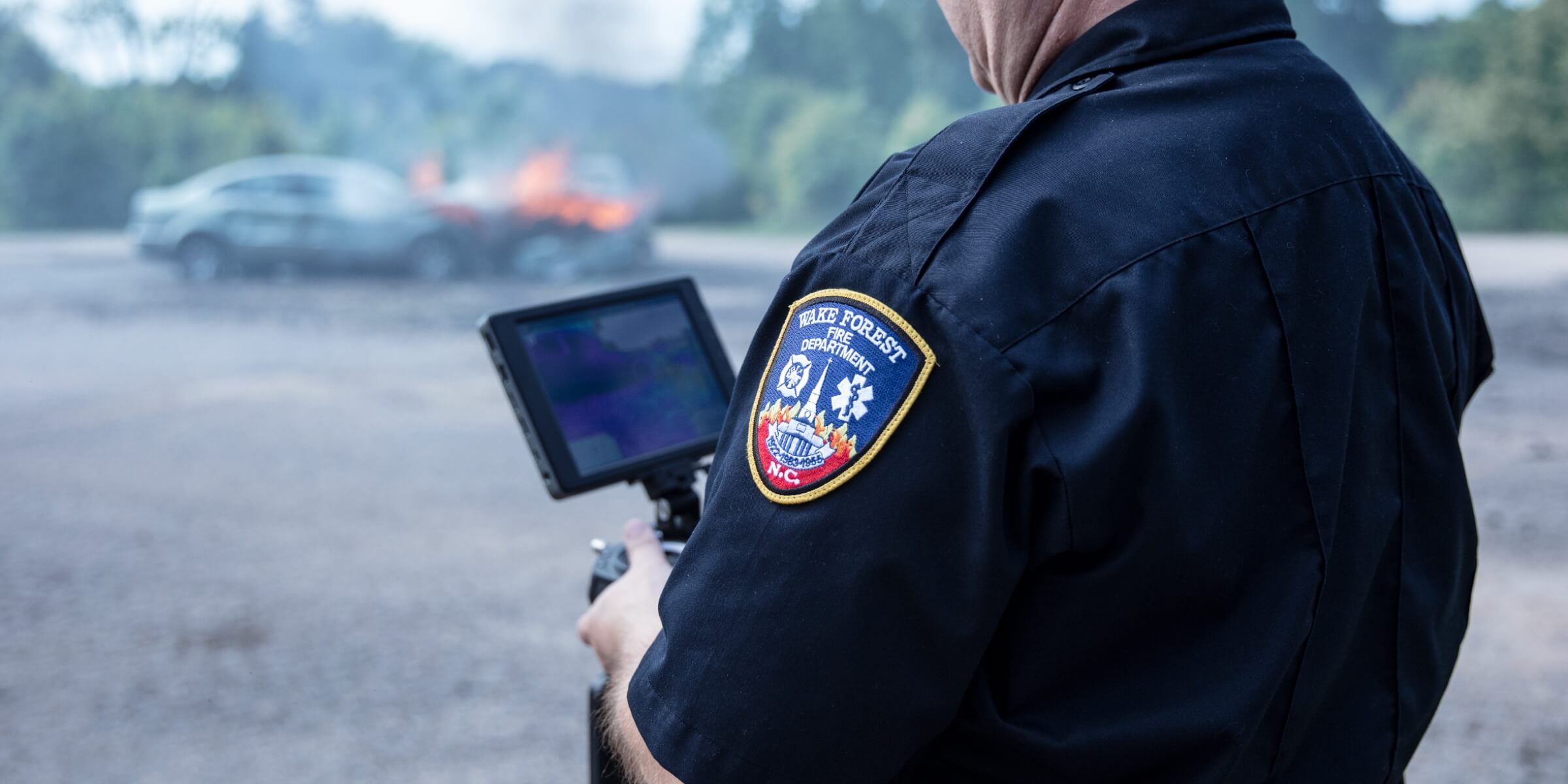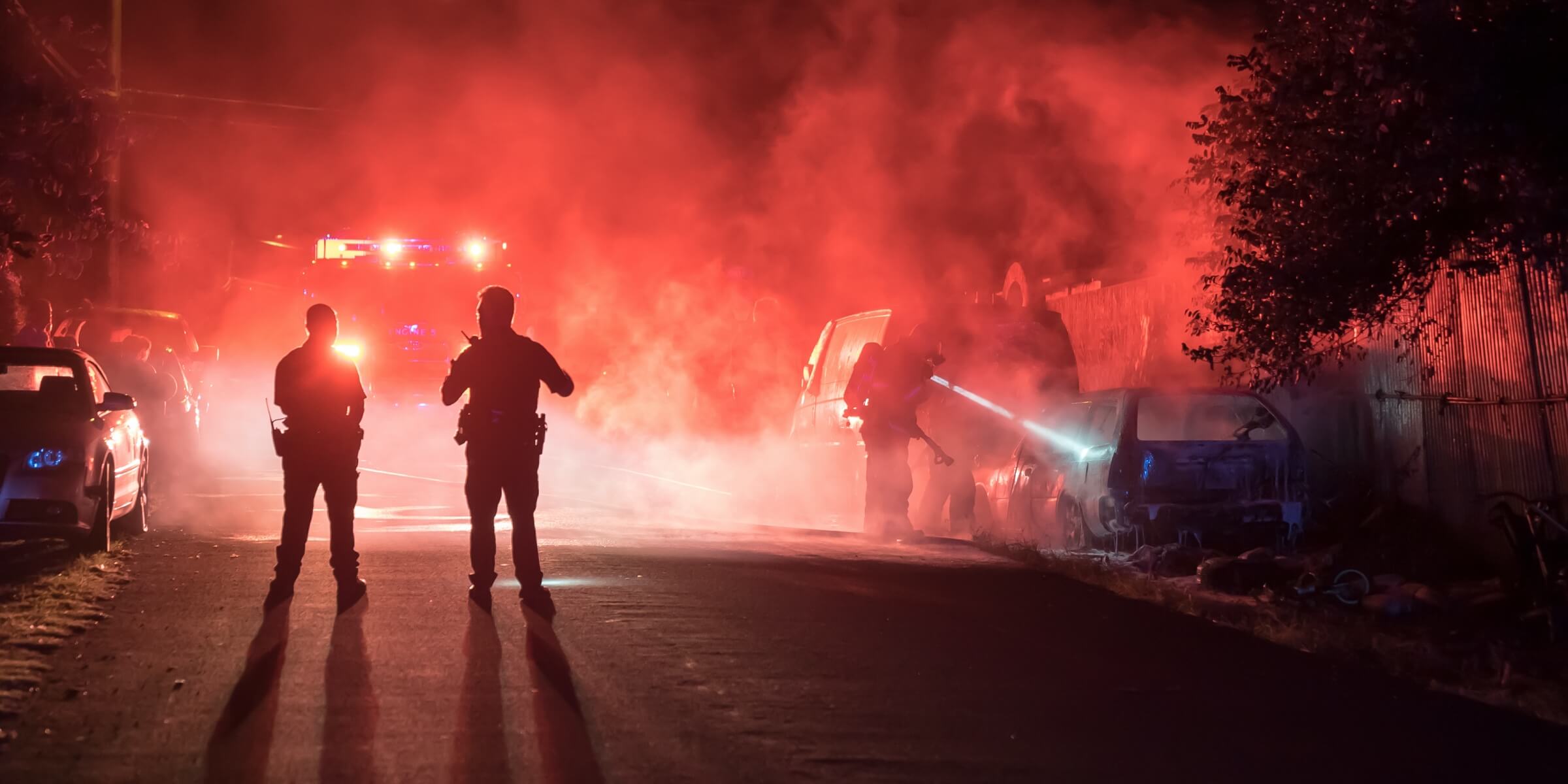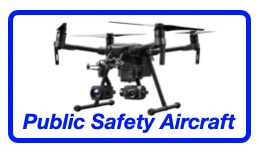Law Enforcement


Law enforcement agencies are adopting versatile aerial robots to aid in incident response, rapid mapping, and scouting to facilitate informed actions while also ensuring maximal safety for officers and bystanders.
Law Enforcement Key Benefits
Mission Situational Awareness
Provide incident commanders with accurate, real-time insight as missions unfold, empowering decisions to be made with confidence.
Collision Reconstruction and Forensics
Rapidly and remotely map, document, and preserve crime scenes, vehicle collisions, and more, while simultaneously keeping operators from harm's way.
Mission Situational Awareness
 Traditional Challenges For Mission Situational Awareness
Traditional Challenges For Mission Situational Awareness
- Without comprehensive mission data, ground teams contend with blind-spots and are exposed to unnecessary risk.
- Deficient situational intelligence hinders the efficient allocation of resources to maximize safety and minimize response time.
How Drones Elevate Mission Situational Awareness
- Deploy to rapidly arrive on scene and gain immediate aerial insights.
- Hover above unfolding missions and live stream updates directly to command centers.
- Synchronize teams, eliminate uncertainty, and allow decisions to be made with confidence.
Collision Reconstruction and Forensics

Traditional Challenges For Collision Reconstruction & Forensics
- Congested roadways can obstruct officers' rapid arrival on scene, hindering further response protocols with uncertainty.
- Manual tools to gather collision reconstruction data are tedious and slow, exposing officers to lengthy periods of risk.
How Drones Elevate Collision Reconstruction & Forensics
- Fly over accident scenes and capture high-resolution 3-D evidence for future analysis.
- Bypass roadway congestion and obstructions to quickly arrive on scene and determine next steps.
- Cut forensics and data-collection times and clear roads and maximize safety for all.


